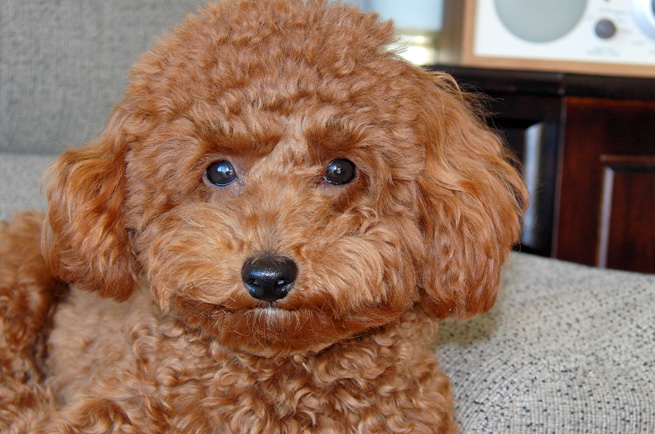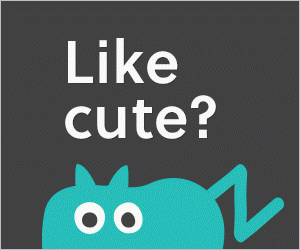Poodle – Toy
This super-cute pooch is active and sprightly and a pretty bright breed too. It moves with effortless strides thanks to its athletic background. With the same elegance as the Standard Poodle, the Toy Poodle proves that awesome things do come in little packages!
Other Names
Carniche
Country of Origin
France/Germany
Colour
Blues, grays, silvers, browns, café-au-laits, apricots and creams can be varying shades within the coat, for example, darker feathering on the ears and tipping on the ruff.
Size
Small
Height / Weight
Stands 25 to 28cms and should not weigh more than 4.5 kg.
Health
Prone to eye problems such as cataracts and progressive retinal atrophy. Toy Poodles are prone to patellar subluxation. Epilepsy is another disease that plagues all the poodle varieties. Common ailments: Bones (Developmental) - Patellar luxation, Brain (Acquired) - Hypoglycaemia, Eye - Corneal wound/trauma, Ear - Otitis externa (canker), Eye - Blocked tear duct (tear staining, tear overflow), Eye - Cataract - Hereditary, Eye - Conjunctivitis - Foreign body, Eye - Progressive retinal atrophy (PRA), General diagnosis - Fracture, Missing teeth, sensitivity to rabies vaccine, Mouth - Dental calculus, Mouth - Dental tartar, Mouth - Malocclusion (Overshot or undershot jaw), Reproductive (Male) - Retained testicles or cryptorchidism (one or both), Skin - Allergy - Atopy, Skin - Sebaceous adenitis, Skin - Seborrhoea
Life Span
14-17 years
Intelligence
The Toy Poodle is a bright breed, making it easy to train. It's also eager to please and responsive. Poodles are unusually sensitive to vocal intonation, probably one of the reasons they are so easy to train. Many pet owners, using gentle and consistent training methods, have seen their poodles excel in obedience trials, flyball and agility.
Exercise
Medium
Suitability (Children)
Low
Feeding
Very small dogs should be fed twice a day to prevent hypoglycemia. Biscuit is good for helping keep their teeth a bit cleaner and healthier.
Feeding Cost
Up to $5p/w
Other Cost
Excercise
This is a fairly active breed that likes to get out on walks and particularly enjoys games. It is a good idea to enroll a poodle in some sort of activity so that the mind is stimulated along with the body. Poodles can do well in obedience, agility and most dog sports.
Hair Shed
Little
Ailments
Prone to eye problems such as cataracts and progressive retinal atrophy. Toy Poodles are prone to patellar subluxation. Epilepsy is another disease that plagues all the poodle varieties. Common ailments: Bones (Developmental) - Patellar luxation, Brain (Acquired) - Hypoglycaemia, Eye - Corneal wound/trauma, Ear - Otitis externa (canker), Eye - Blocked tear duct (tear staining, tear overflow), Eye - Cataract - Hereditary, Eye - Conjunctivitis - Foreign body, Eye - Progressive retinal atrophy (PRA), General diagnosis - Fracture, Missing teeth, sensitivity to rabies vaccine, Mouth - Dental calculus, Mouth - Dental tartar, Mouth - Malocclusion (Overshot or undershot jaw), Reproductive (Male) - Retained testicles or cryptorchidism (one or both), Skin - Allergy - Atopy, Skin - Sebaceous adenitis, Skin - Seborrhoea
Grooming
Brush its coast every other day to avoid tangling and matting. Feet and face need monthly clipping and the rest of the body should be clipped every 3-4 months. Professional grooming is recommended.
Grooming Frequency
More than once a week
Trimming
Occassional
Derived from the pudel—a German word meaning "to splash", the poodle served as a guard dog, guide dogs and military dog before it became popular amongst "trendy" ladies. During the 17th and 18th centuries the poodle became a favourite with the nobility who wanted a breed smaller than the Miniature variety. Today the Toy Poodle is a paw-fect companion and show dog.
comments powered by Disqus



